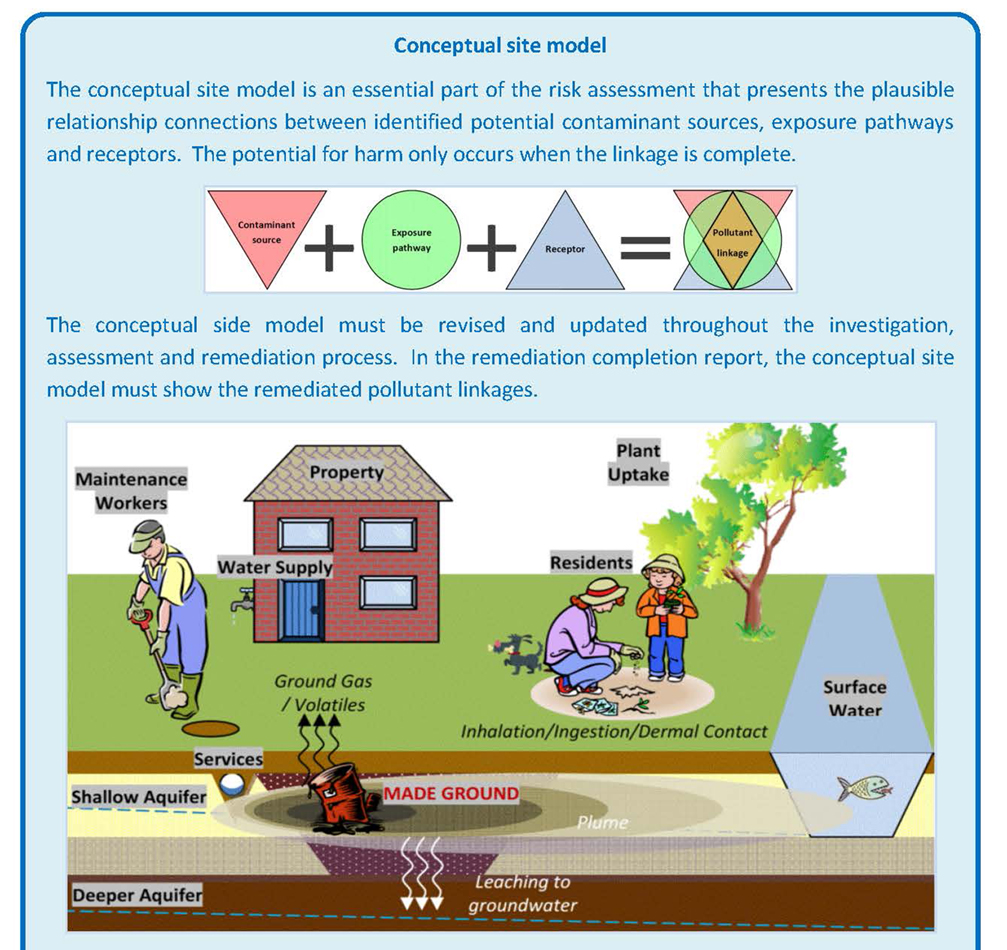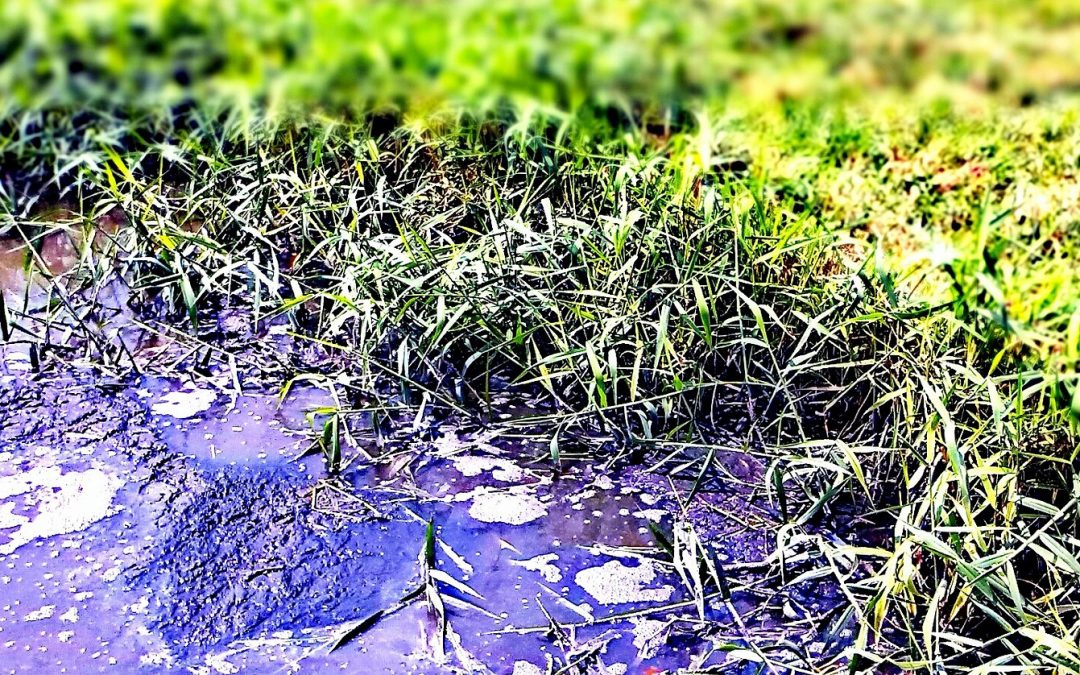Conceptual Site Models simple and highly effective
Geoenvironmental • Industry matters
Developing Conceptual Site Models (CSM) is an art and a very important base for contaminated land assessment. It is an art which perhaps we take for granted or don’t use enough. Often when sites go astray, referring to the original CSM, can lead you down the right path to a solution. By Francis Williams, Director Ground & Water
Poor CSM development is often covered up by consultancies. In its place they will rely on extensive sampling and testing. But some data, like ground-gas, can be completely irrelevant and misinterpreted without the backing of a good CSM that highlights what should be focussed on by the site investigation and risk assessment.
It’s been a month or so, since the issue of BS EN 21365:2020 – Conceptual Site Models for Potentially Contaminated Sites. The aim of the document is to produce an iterative and dynamic approach to Conceptual Site Model (CSM) development. BS EN 21365:2020 defines CSM’s as a: “Synthesis of all information about a potentially contaminated site relevant to the task in hand, with interpretation as necessary and recognition of uncertainties.”
The development of a CSM helps integrate technical information from various sources so it can be used effectively. A fully developed CSM can be seen as a visual and mental construct of all the gathered information.
Ground & Water’s engineers always produce a diagrammatic CSM as part of their Phase 1 Desk Studies and Site Risk Assessments. A diagram can be used to illustrate important examined questions on a potentially contaminated site. It can also help to identify and formulate what the risks are: I.e. Understanding the sources of contaminants and what the migration pathways and receptors are, resulting in an understanding of a site in a simple and schematic way.
CSM development should start as early in the investigation process as possible. It should be an iterative process of refinement, in which the uncertainties are recognised and reduced as more information becomes available.

The initial CSM helps highlight data gaps, enables the setting of a formal hypotheses that can be tested by investigation and the design of any subsequent investigation, including the health and safety aspects and environmental protections aspects. If the hypothesis of a probably uncontaminated site is shown to be sufficiently robust, it might not be necessary to carry out any further investigations.
As a company, and potentially as a industry, I believe we are probably ok to the risk assessment point. Where we fall foul and need to improve is at the next stage. Therefore refinement of the CSM must continue through any remediation works and protective mitigation measures. The planned use of a site following any remediation cannot always be known, when the CSM is first developed. The CSM is likely to require review and may need extending following construction works and additional protection mitigation measures; as these confirm expected site conditions or reveal new information.
As the CSM evolves it should take into account all measures whose implementation can determine the final acceptability of the project: I.e. the total compatibility of site conditions and current or planned uses.
In order to prepare for remediation or mitigation, the overall CSM might have to be extended to embrace a wider range of site characteristics. Each possible remediation or mitigation measure is likely to have specific information requirements and it will not be usually possible to satisfy all these requirements during the detailed investigation so a supplementary investigation could be required.
Proper regard should be paid to the geotechnical ground model when selecting and designing remediation and protection measures. For example, the engineering properties of the ground could severely limit the choice of available options and a failure to properly understand them, could lead to adoption of measures that result in adverse impacts on the environment during executions and on completion of the works.
Other “models”, such as archaeological, ecological, etc, might also impose constrains on the choice and execution of remedial works and mitigation measures.
When remediation or protection mitigation measures have been chosen, the CSM should be used to check for unwanted constraints on future uses of the site (e.g. Planned construction works).
The development of the CSM should continue during the execution of the construction works. The comprehensive CSM should include what is known about any remediation, mitigation measures and additional protective mitigation measures that have been carried out and take into account, any post-remediation monitoring.
If the original detailed investigation was comprehensive and the remedial works have been properly verified, there might be few uncertainties about site conditions. However, review of the available information could reveal uncertainties that need to be addressed by further investigation, before construction plans can be finalised.
Finally, on completion of all site works, an “as built” CSM should be prepared, if there is any post-completion monitoring. For example, soil and groundwater quality, or the monitoring of protective measures, can require further refinement of the CSM.
A fully developed CSM will certainly help with obtaining regulatory approval for both remediation strategies and verification/validation reports.
Ground and Water has taken on-board some of the key aspects of the new Conceptual Site Models for Potentially Contaminated Sites guidance, in order to communicate the situation more effectively to clients and regulators, especially when looking at the latter remediation and validation stages of developments.
Francis Williams Director Ground and Water Limited
